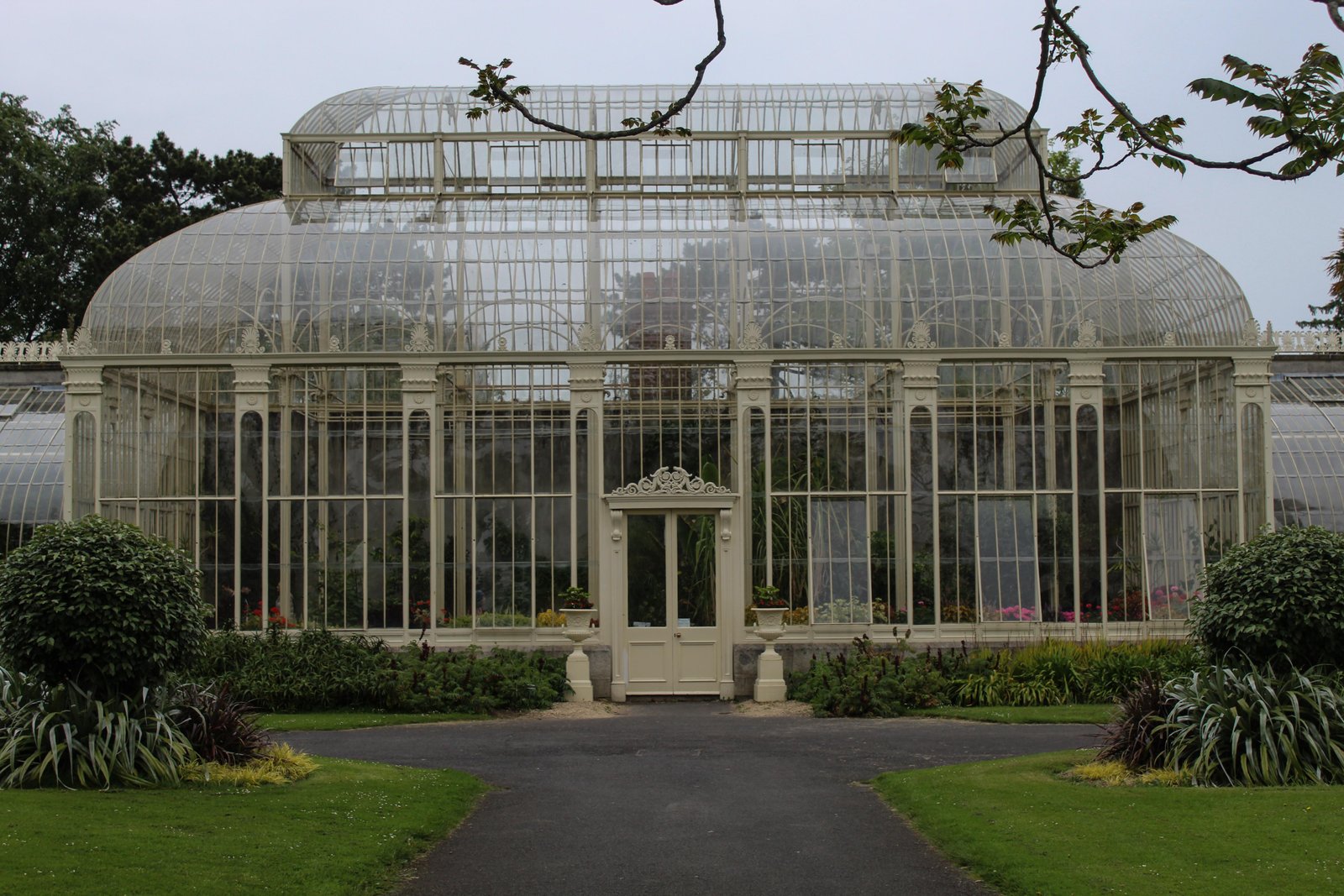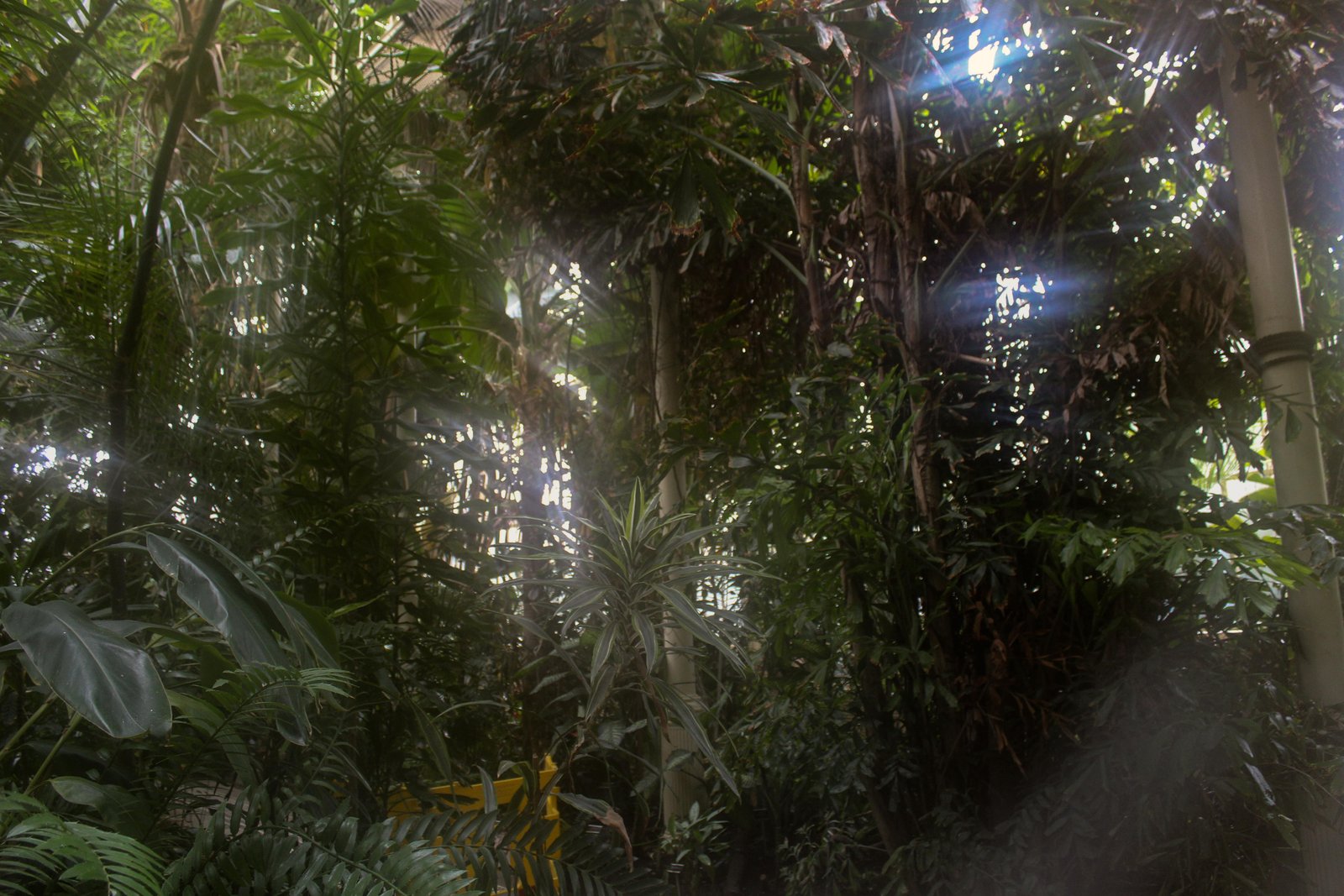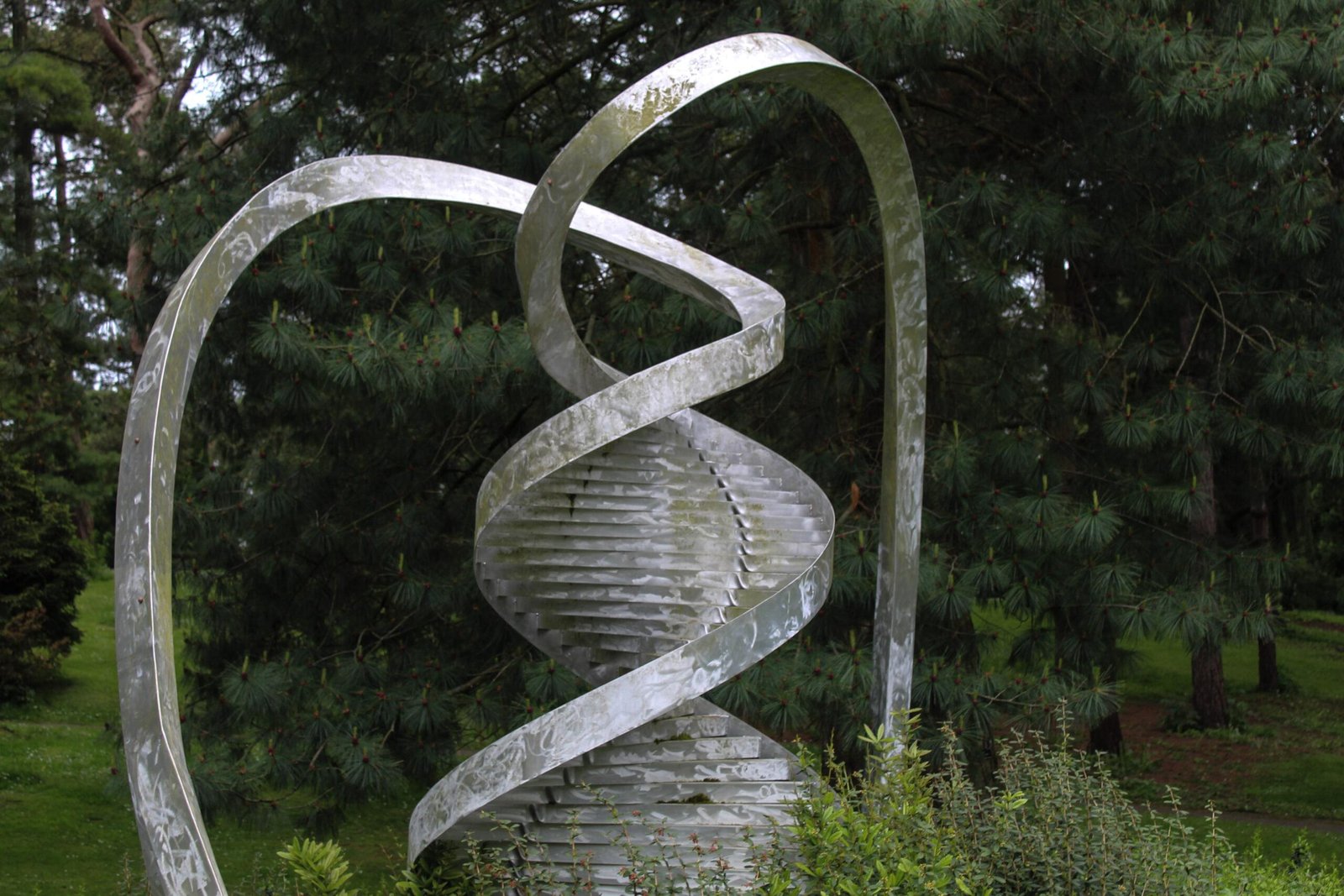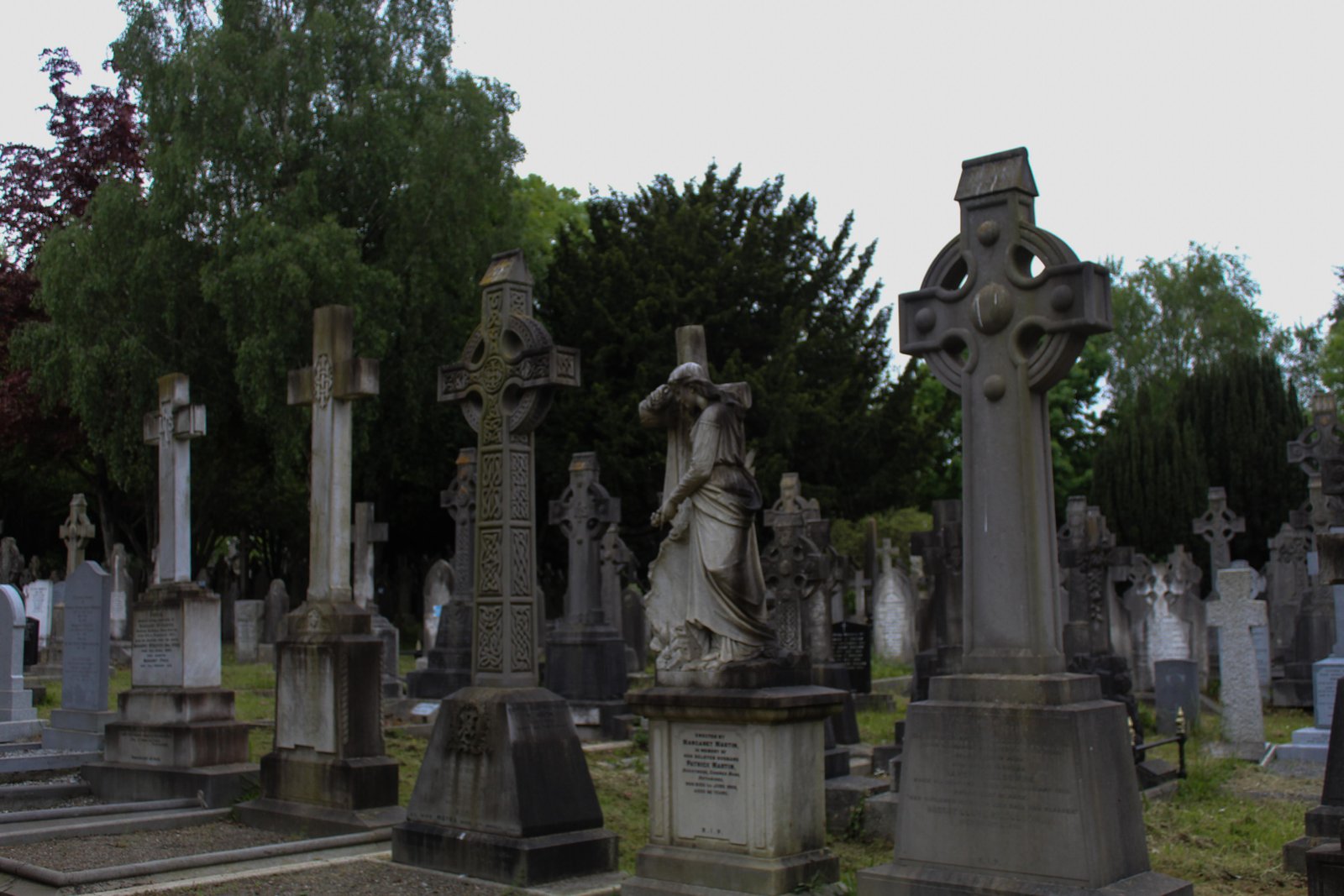Dublin Botanical Gardens: A Fantastic Journey

Nature and plant life is a strong suit of Ireland and its tourism scene where the Dublin Botanical Gardens blooms and flourishes. These botanical gardens, officially known as The National Botanic Gardens of Ireland, are based in Glasnevin and were originally founded in 1795. The National Botanic Gardens are renowned for the vast selection of various kinds of plants, including flowers, trees, and cacti as examples of the plants in the gardens. Because of the beauty and allure of the garden, it makes The National Botanic Gardens of Ireland a picture-perfect (no pun intended) place for photography of the plants themselves and/or of you and loved ones posing by them.
With that in mind, these are but a handful of unique parts of the botanical gardens that shape its identity portrayed in a series of photos (with all photos by the author of this article).
Dublin Botanical Gardens – Curvilinear House

One of the first standout areas you’ll encounter when accessing the botanical gardens from its main entrance is the Dublin Botanical Gardens’ Curvilinear House. The Curvilinear House is the part of the botanical gardens where plants, categorised in three main themes, are kept in as part of the glasshouse collection that’s a part of this place. For the first theme, the Curvilinear House’s Western Wing boasts a collection of South-East Asian mountain plants, namely Vireya Rhododendrons and other plants based around the Philippines, Borneo, and New Guinea.
As for its second theme, its Eastern Wing consists of plants from the southern hemisphere (inclusive of South America, Australia, and South Africa) belonging to the plant families Proteaceae and Restionaceae. Its last theme is in the central part of the glasshouse where a mix of both the Eastern and Western wings’ plants can be found.
Dublin Botanical Gardens – Great Palm House

Another one of the featured glasshouses in the Dublin Botanical Gardens is the Great Palm House. The Great Palm House boasts plants that typically grow within humid and tropical weather, including palm trees. Other plants on display throughout the glasshouse are cavernous ferns, palms, and bamboo plants, as well as a range of tropical flowers as the main greenhouse of the botanical gardens.
It was built in 1883 when the previous glasshouse was damaged in a storm, with the ironwork being created in Glasgow, Scotland, and then shipped to Glasnevin to build the Great Palm House itself. A faithful restoration of this greenhouse was commissioned by the Office of Public Works in 2002, and was then opened by a Taoiseach in 2004 upon completion.
Dublin Botanical Gardens – The Chain Tent

Apart from the Dublin Botanical Gardens’s interior areas, it also has a number of exterior areas well worth engaging with, which in this case is The Chain Tent. The Chain Tent is a shaded sitting area with a sole bench under a tent of branches and leaves, with the flora growing on it being a type of flower known as wisteria. More specifically, it is a structure known as a circular pergola constructed some time after 1834 by the head gardener at the time, Ninian Niven.
Until 1870, it was centred by a weeping ash tree where the branch and wisteria chains dangled, but this was then replaced by an iron pole at the centre instead. This area is perfect for a scenic and shaded place to sit and relax after walking around the gardens over an extended period of time, whether alone or with others.
Dublin Botanical Gardens – ?What is Life?

?What is DNA?, the metal sculpture modelled after the double helix model meant to represent deoxyribonucleic acid (DNA) is another standout outdoor sight of the gardens. This sculpture was forged by Charles Jencks (1939 – 2019) to celebrate Science in Ireland, and to encourage everyone, especially young people, to understand science and science’s societal role.
In 2013, it was inaugurated by James Watson on the 60th anniversary (2013) of the discovery of The Double Helix by Watson and his colleague Francis Crick in April 1953. What the sculpture is meant to represent is the flow of genetic information between DNA, RNA and protein, the same way the original double helix model was meant to represent that same flow.
Dublin Botanical Gardens – Rose Garden Sundial

As a centrepiece of sorts to the Rose Garden section of the Dublin Botanical Gardens, its sundial is a standout focal point to the gardens. This sundial is what is known as a modern, armillary type dial, with its arrow pointed directly at the North Star – Polaris. As the sun crosses the sky, it casts a shadow from the shaft of the arrow on the inside of the ring that represents the equatorial line of the earth, giving the hour of the day.
The shadow cast by this equatorial band against the ring and supporting the arrow, indicates the progression between the solstice dates (midwinter and midsummer days) through the equinox (Spring and Autumn). The Rose Garden’s sundial is one of two sundials in the botanical gardens, with the other sundial located in front of the Great Palm House.
Glasnevin Cemetery

While the Glasnevin Cemetery is indeed its own entity from the Dublin Botanical Gardens, it is worth mentioning since they’re right beside each other. Nominated as Ireland’s National Cemetery, Glasnevin Cemetery bears the graves of approximately 1.5 million people, including major historical figures like Daniel O’Connell, Michael Collins, Éamon de Valera, and Countess Markievicz.
Complimenting the graves of the cemetery are various plants laid out by loved ones and greens and trees around the grounds of Glasnevin Cemetery. It is accessible through the botanical gardens by a sidegate just neighbouring The Herbarium in focus exhibition.
Summarisation of Dublin Botanical Gardens
The Dublin Botanical Gardens all in all stands as a fantastic place of nature to visit in Ireland. What this photography article shows is only but a photographic piece of a much larger gardens, featuring both indoors and outdoors areas alike. It even goes as far as to offer classes on horticulturalism and college courses through The College of Amenity Horticulture, which is a Teagasc College that’s actually within The National Botanic Gardens of Ireland itself. These elements of the Dublin Botanical Gardens make it a must-see place for both residents of Ireland and visitors too.
Address: National Botanic Gardens, Glasnevin, Dublin 9, Ireland, D09 VY63
Website: https://www.botanicgardens.ie/
Opening Hours:
Winter Opening Hours
9 AM – 4:30 PM: Weekdays
10 AM – 4:30 PM: Sat, Sun & Public Holidays
Summer Opening Hours
9am – 5pm: Weekdays
10am – 6pm: Sat, Sun & Public Holidays
Christmas Opening Hours
Closed on 25 December, Christmas Day